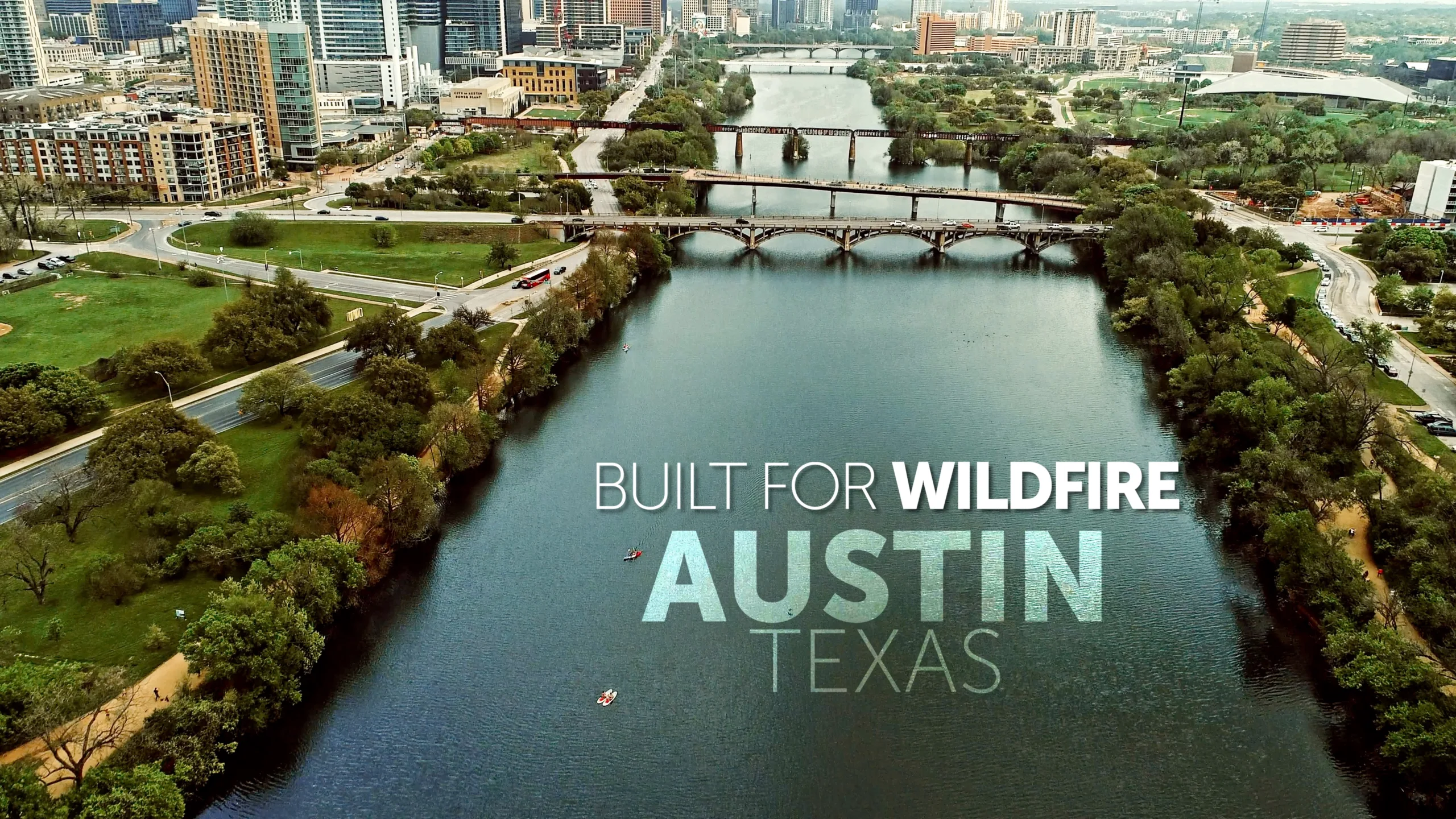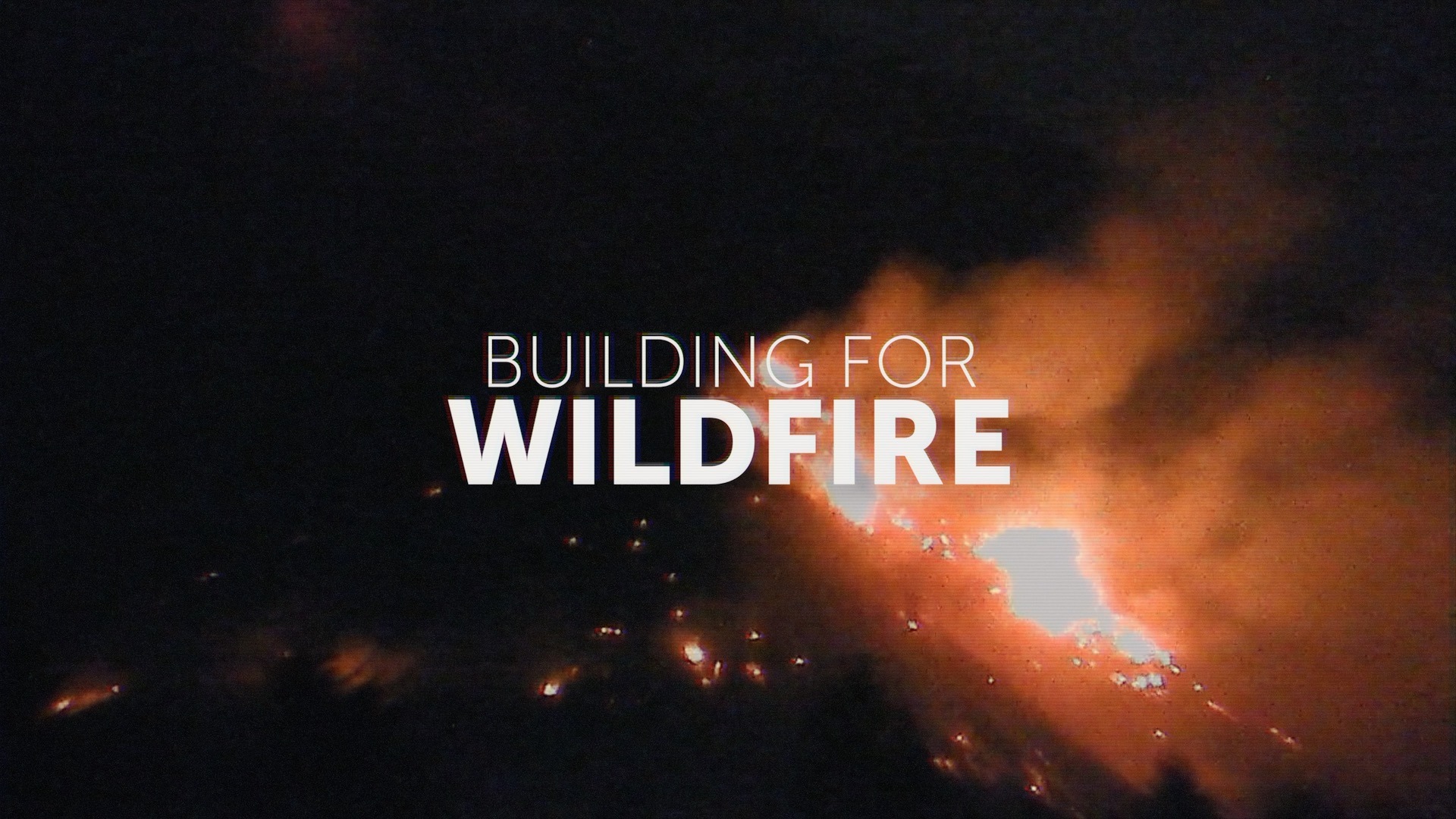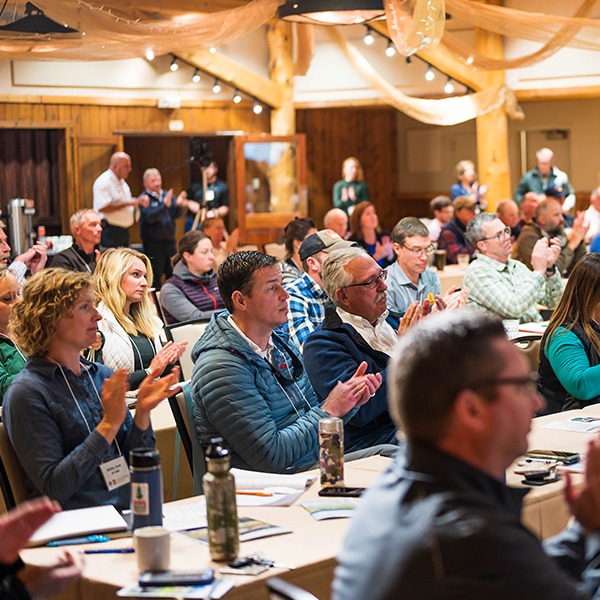-
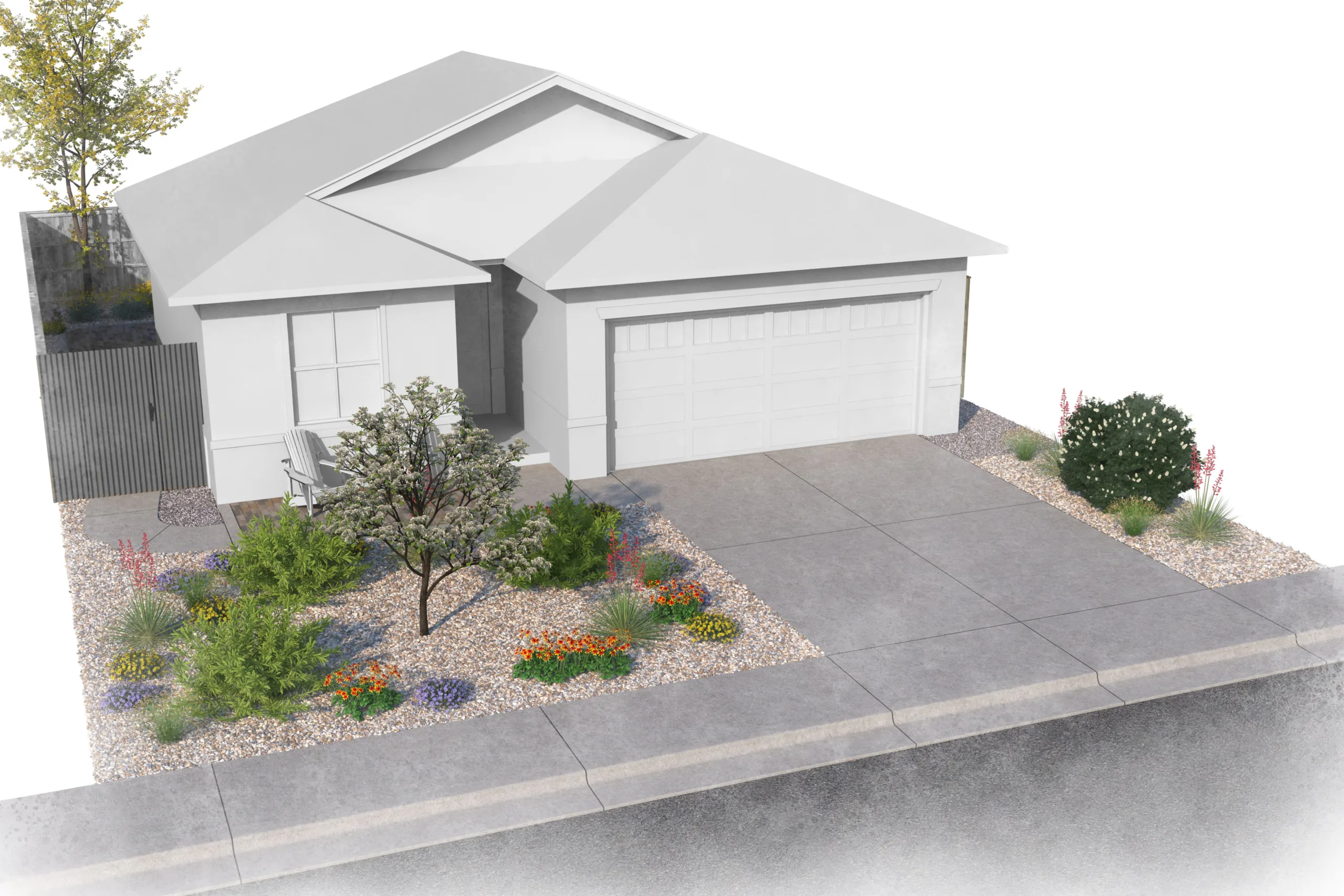
Crossover landscaping that does double-duty for drought and wildfire resistance is becoming more appealing for communities looking to reduce risk in residential areas. Read more
-
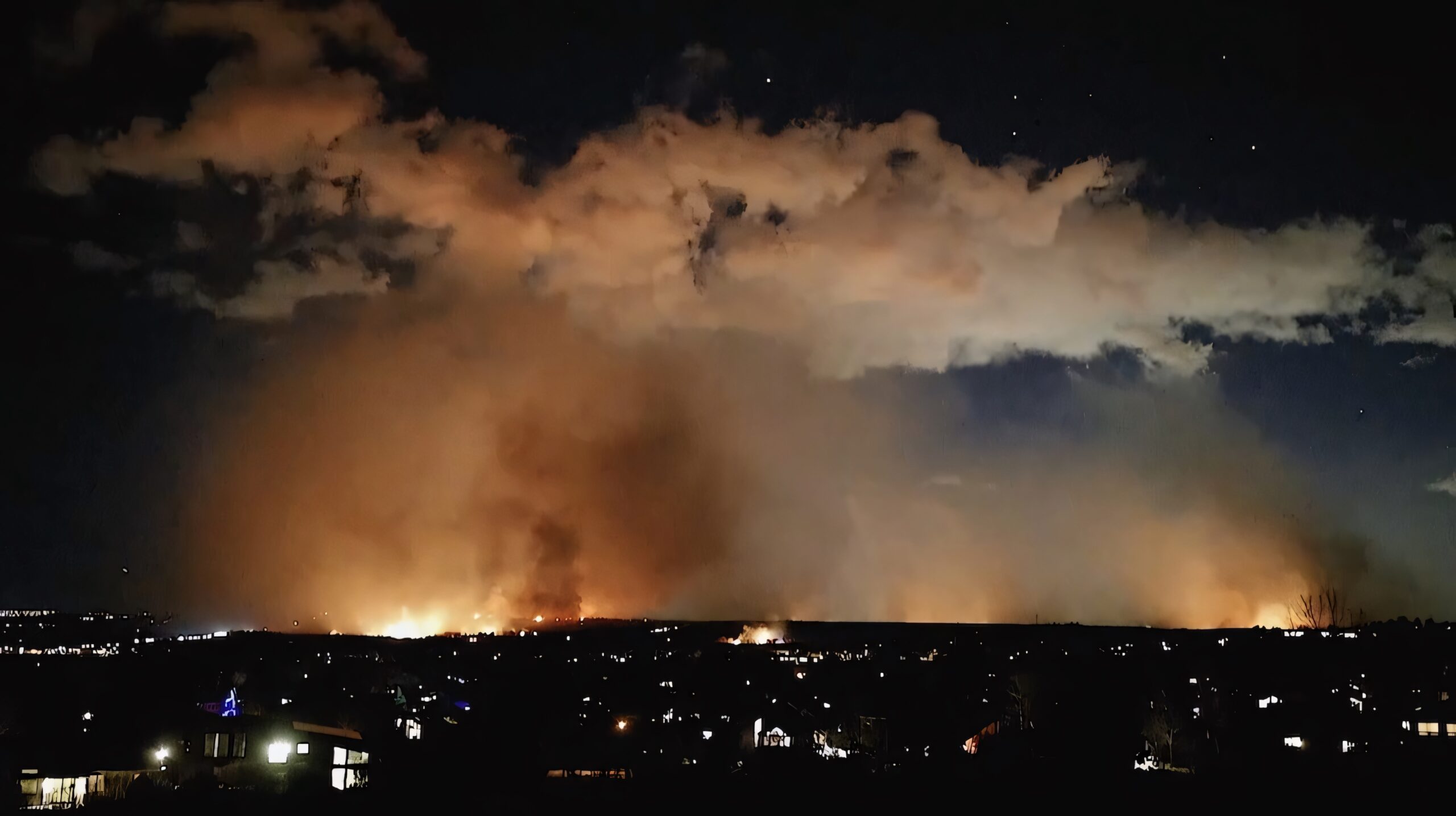
A new report from the Wildland Fire Mitigation and Management Commission recommends transformative approaches needed to overcome the wildfire crisis. Read more
-
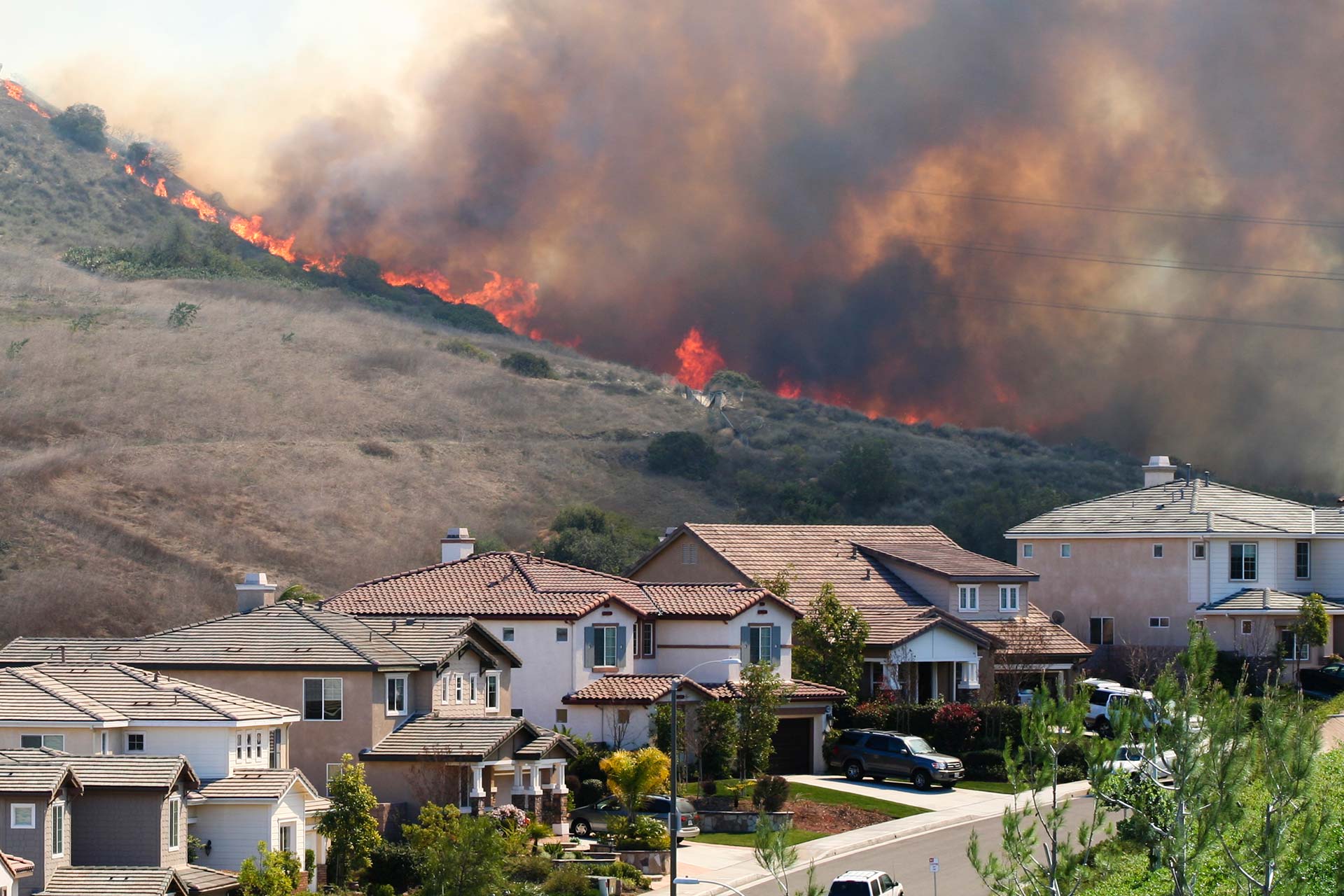
Updated: For communities land use planning is more effective than logging on federal lands to reduce future wildfire disasters. Read more
-

Community Planning Assistance for Wildfire (CPAW) is helping communities reduce wildfire risks and costs. Four new communities join 26 others this coming year. Read more
-
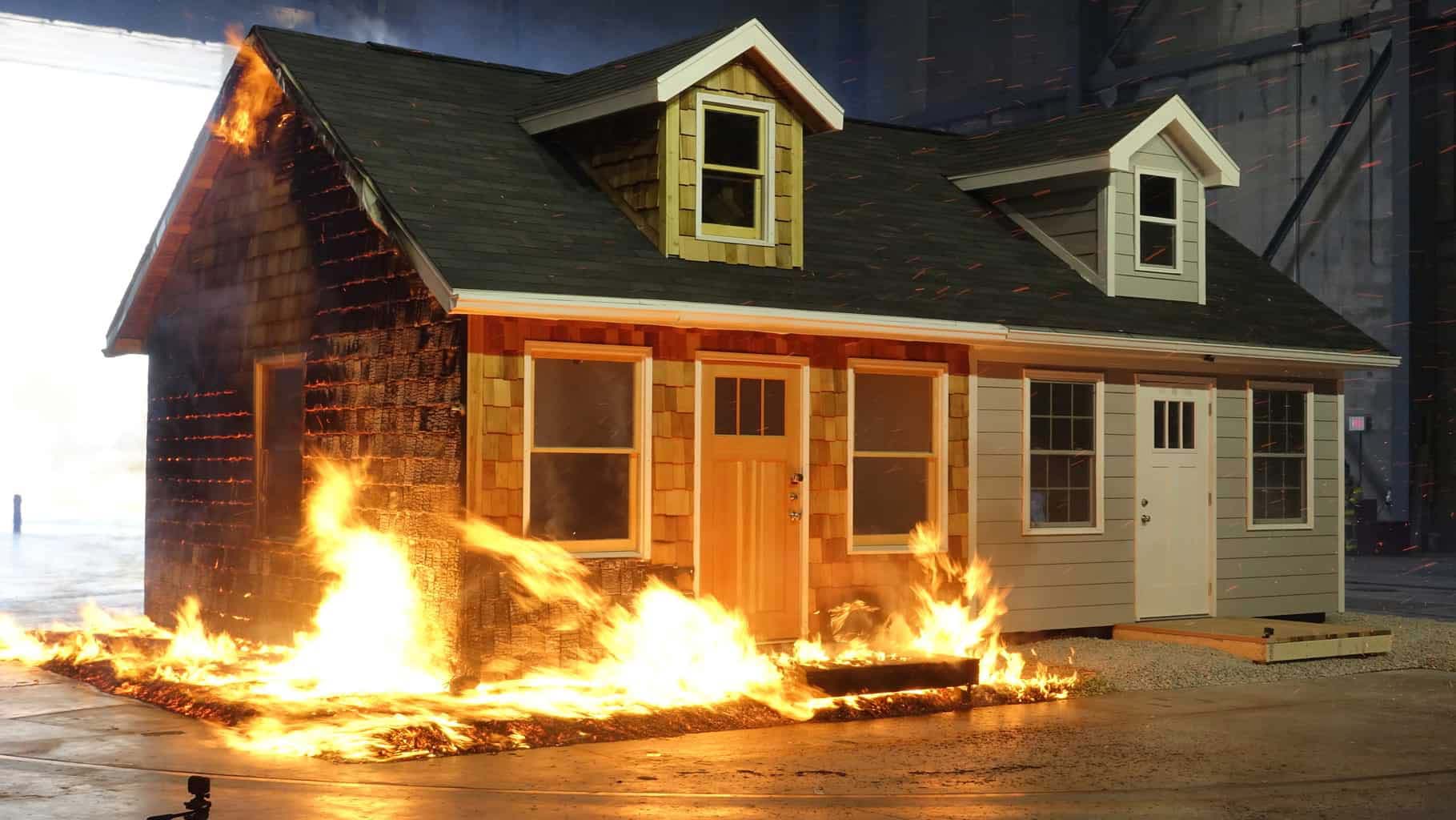
A new home built to wildfire-resistant codes can be constructed for roughly the same cost as a typical home. Read more
-

Almost half of the full community costs of wildfire are paid for at the local level, including homeowners, businesses, and government agencies. Read more
-
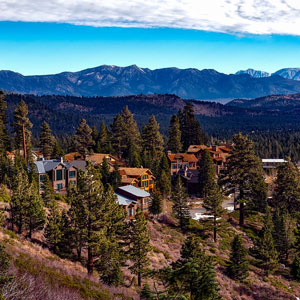
Updated: The Community Planning Assistance for Wildfire program now helps 30 communities reduce wildfire risk through improved land use planning. Read more
-
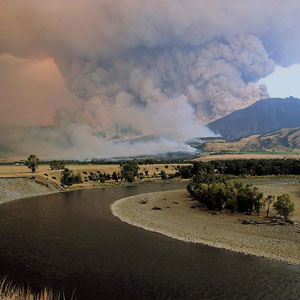
County governments, fire districts and service areas, and landowners have many opportunities to reduce wildfire risk in the wildland-urban interface through land use planning tools and strategies, though challenges in Montana’s regulatory framework remain. Read more
-

A lack of land use planning amplified the devastation from Hurricane Harvey. Wildfire-prone communities should take note. Read more
-
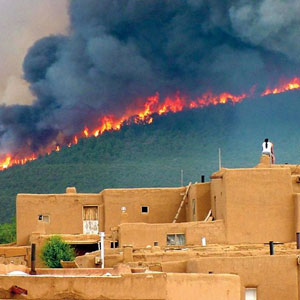
This story map provides Taos County residents with information about the ecological role of fire, the region’s wildfire risk, forest restoration projects, and emergency preparedness. Read more
-
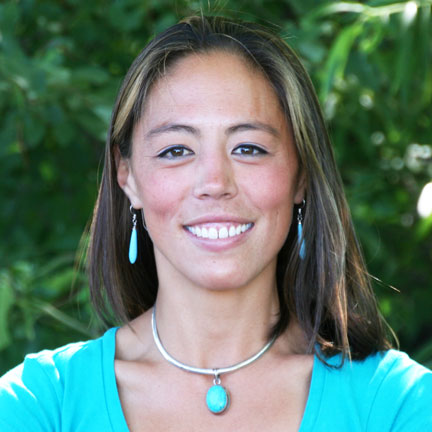
The wildfires that burned the edge of the Great Smoky Mountains National Park devastated nearby communities and underscore the need to reduce the risks and costs of future catastrophic events. Read more
-
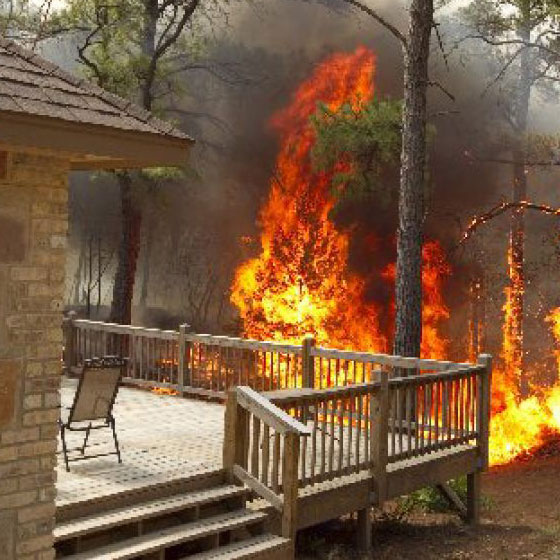
It is unlikely that insurance rates and policies alone will determine whether or not a landowner decides to build a new home on wildfire-prone land. Read more
-
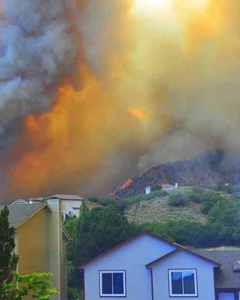
This summary highlights the major research Headwaters Economics has conducted concerning controlling fire suppression costs, state case studies, and the growth of homes in the WUI. Read more
-

Five urban areas in the West and Southwest are taking steps to mitigate wildfire risks and costs through the perspective of land use planning. Read more
-
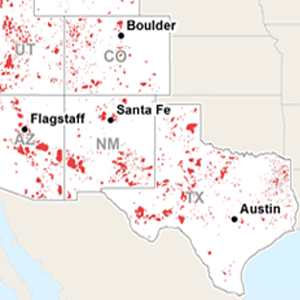
Case studies show how five urban areas in the West are using innovative land use planning tools to adapt to the increasing risks from wildfires. Read more
-

This report outlines a number of solutions to alter the pace, scale, and pattern of future development in the Wildland-Urban Interface. Read more
